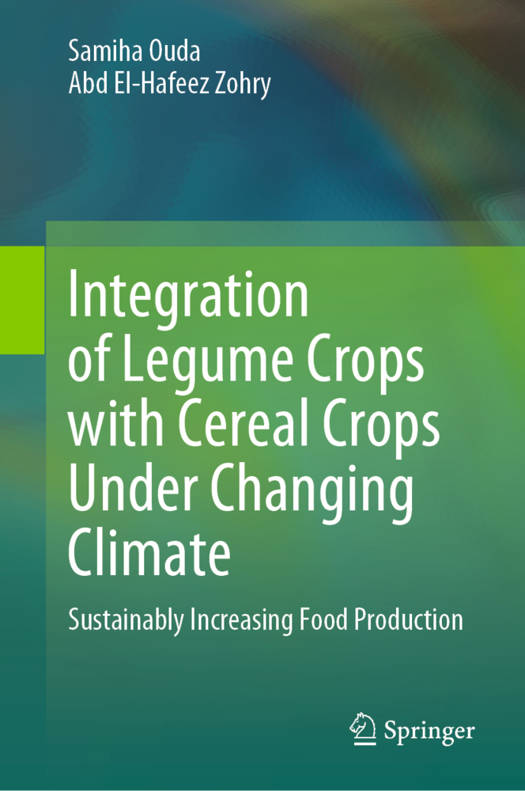
- Afhalen na 1 uur in een winkel met voorraad
- Gratis thuislevering in België vanaf € 30
- Ruim aanbod met 7 miljoen producten
- Afhalen na 1 uur in een winkel met voorraad
- Gratis thuislevering in België vanaf € 30
- Ruim aanbod met 7 miljoen producten
Integration of Legume Crops with Cereal Crops Under Changing Climate
Sustainably Increasing Food Production
Samiha Ouda, Abd El-Hafeez ZohryOmschrijving
The world population is steadily increases with high rate in the past decade from 7,126 billion inhibitors in 2012 to 8,095 billion inhibitors in 2024, with 14% increase. In the meantime, the number of severely food insecure people were 604.5 million in 2014, which increased by 53% in 2020 to reach 927.6 million people. These numbers raise large concerns about the future of food production to feed these continually growing population. Lately, many developing countries rely on importing large quantities of crops, such as wheat, maize, and rice to meet their food and feed needs. The negative impact of climate change and its consequences, namely high temperature causing low crops productivity and water scarcity, which causing great disruptions in food production systems. Therefore, increasing the production of cereal crops worldwide can be achieved through increasing average yield per unit area or expanding the area devoted to cereals into more marginal lands. Moreover, breeding for more resilient cultivars, which can release its potential yield could play an important role in increasing total production under the adverse growth conditions.
Inclusion of legume crops, such as soybean, peanut, and cowpea in cereal-based cropping systems is a viable strategy to increase production of cereal crops. It also helps in reducing the use of chemical fertilizer. It has been reported that intercropping legume crops with cereal crops can increase the productivity of both crops. Additionally, an increase in soil nitrogen, phosphorus and potassium has been also reported when legume crops were included in cereal-based cropping system. It has been also reported that inclusion of legume crops increases the soil water-holding capacity and water used efficiency. Thus, inclusion of legume crops in cereal-based cropping systems can increase its productivity, as well as attains the sustainable use of soil and water resources.
In this book, we will thoroughly tackle the benefits of the integration of legume crops within cereal-based cropping system, namely wheat, maize and rice (paddy and upland) under the changing climate (current and future). We also reviewed the innovations and interventions that could sustainably intensify the production of cereals to reduce hunger and poverty. We will use both modeling and simulation approaches to assess the impact of climate change using CMIP6 mean projection of two future scenarios, namely SSP1-2.6 and SSP5-8.5 in two time-intervals (2060-2079 and 2080-2099) on the yield and water requirements of wheat, maize and rice (paddy and upland).
Specificaties
Betrokkenen
- Auteur(s):
- Uitgeverij:
Inhoud
- Aantal bladzijden:
- 197
- Taal:
- Engels
Eigenschappen
- Productcode (EAN):
- 9783031681011
- Verschijningsdatum:
- 3/09/2024
- Uitvoering:
- Hardcover
- Formaat:
- Genaaid
- Afmetingen:
- 152 mm x 226 mm
- Gewicht:
- 453 g

Alleen bij Standaard Boekhandel
Beoordelingen
We publiceren alleen reviews die voldoen aan de voorwaarden voor reviews. Bekijk onze voorwaarden voor reviews.









